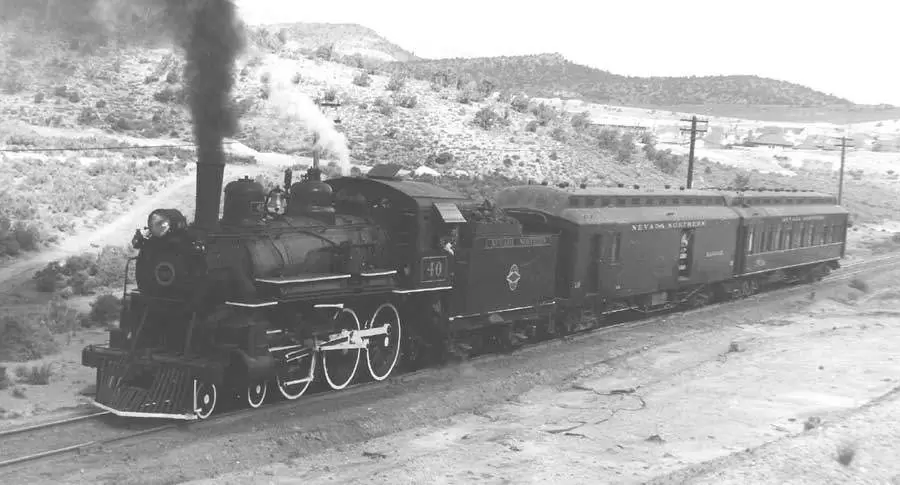Editor’s note: In The Language of the Blues: From Alcorub to ZuZu, author and rocker Debra Devi explores the meaning of a word or phrase from a blues song. The award-winning book includes a foreword by Dr. John and is blurbed by Bonnie Raitt and Joe Bonamassa.
Back when steam-driven locomotives criss-crossed the land, when a conductor got a train cranked up to top speed, he was said to be balling the jack. As in “they were balling the jack at the time of the wreck.”
The train was the jack–short for “the jackass carrying the load.” To “ball” meant to go flat out, and came from the railman’s balled-up fist – his signal to the crew to pour on the coal and speed up.
By the 1920s, the expression “balling the jack” had leapt from the rail yards into the popular lexicon as an expression for any wild, all-out effort–from dancing to sex to, for gamblers, risking everything on a single toss of the dice. Shortened to “balling,” it came to mean having a wild time in and out of bed.
The phrase was given a push by the Balling the Jack fad, which reportedly began as a sexy juke joint dance involving plenty of bumping and grinding. It evolved into a group dance “involving vigorous hand clapping and chanting or singing,” according to From Juba to Jive, by Clarence Major.
A variation was performed in 1913 at the Lafayette Theater in Harlem in a play called “The Darktown Follies.” Theatrical producer Florence Ziegfeld caught the play and liked the dance so much that he bought the rights to it for his Follies of 1913. Chris Smith (music) and James Henry Burris (lyrics) wrote “Balling the Jack” for the Follies based on the African American ragtime tune.
The Balling the Jack craze swept white America, eventually getting mixed in with the Lindy Hop to become a popular swing step. Judy Garland and Gene Kelly performed the Smith/Burris version of “Balling the Jack” in the 1942 film, Me and My Gal.
As Bessie Smith sang in “Baby Doll” in 1926, a man can make up for a lot by being a good dancer:
He can be ugly, he can be black
So long as he can eagle rock and ball the jack
“What a great resource, as fascinating as it is informative. Debra’s passion for the blues shines through.” – Bonnie Raitt
“Debra’s book will teach you what you really need to know about blues history and where the blues are coming from.” – Joe Bonamassa
“Finally one can understand the mechanics behind the overwhelming viscera of the Blues. Debra Devi’s work is a true guide book to the soul.” – Al Jourgensen (Ministry)
“This book is fascinating! Take it to the bathroom and don’t come out until you’re done reading it.” – Jimmy Vivino
“This is a beautiful book. Upon receiving The Language of the Blues I discovered my knowledge only scratched the surface. Debra Devi has written an invaluable reference book. And it’s also great fun to read.” – Hal Willner
“Don’t think that The Language of the Blues might read like a dictionary or reference book. There’s no plot, but you can open it up at random and fall into the world of your favorite Blues songs, and find out more about the lyrics than you would be guessing from context. I learned a lot more about the Blues music I already loved.” – Bob Margolin

